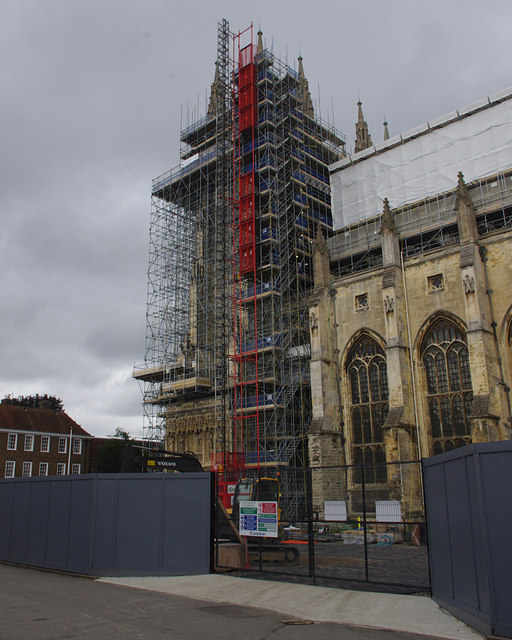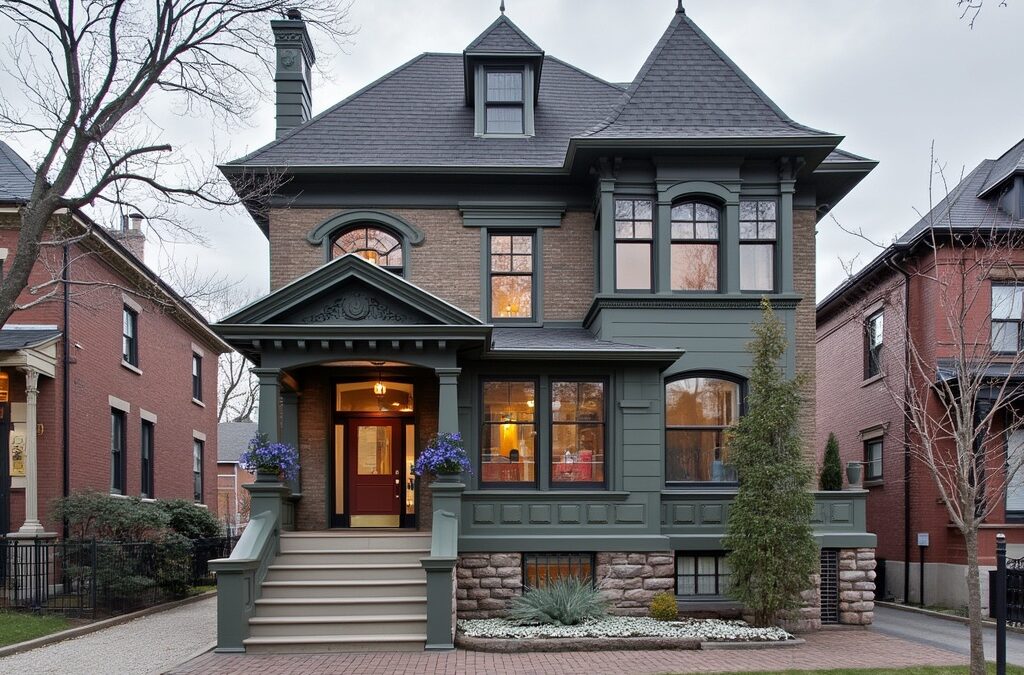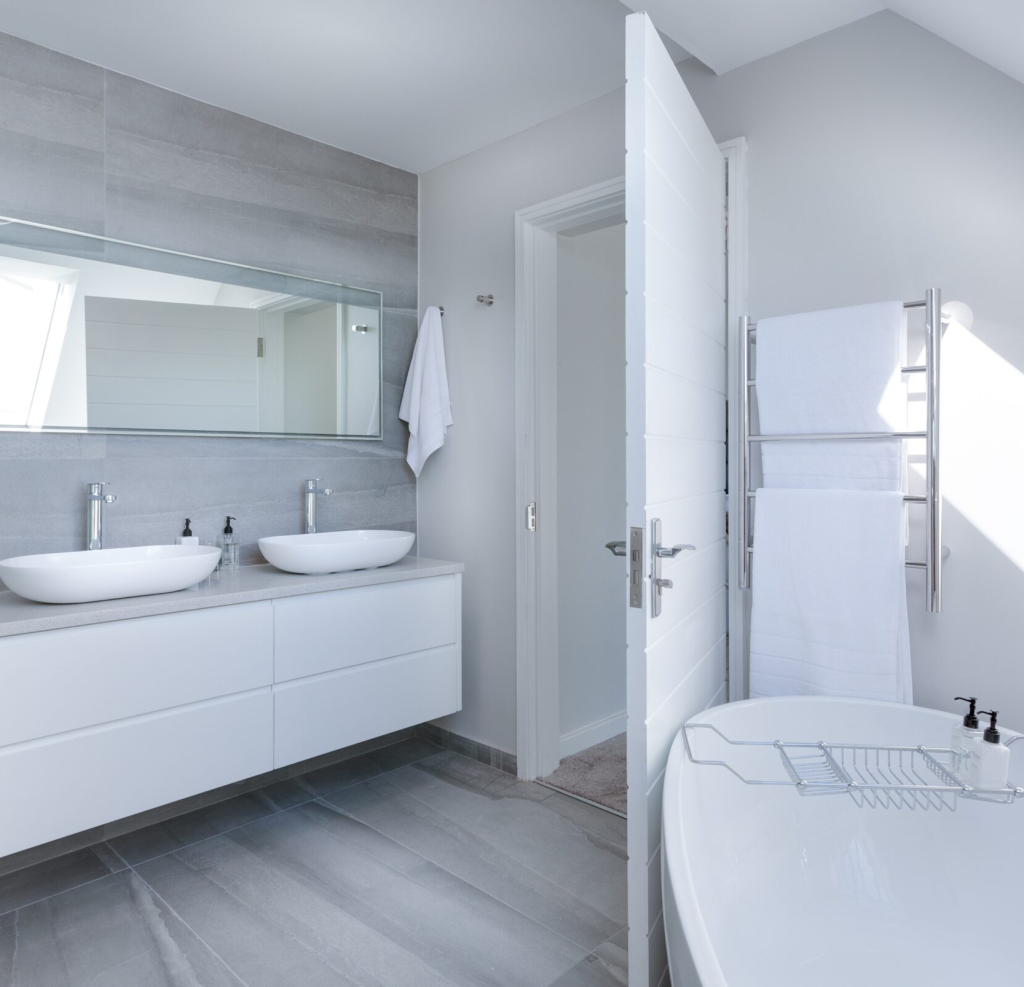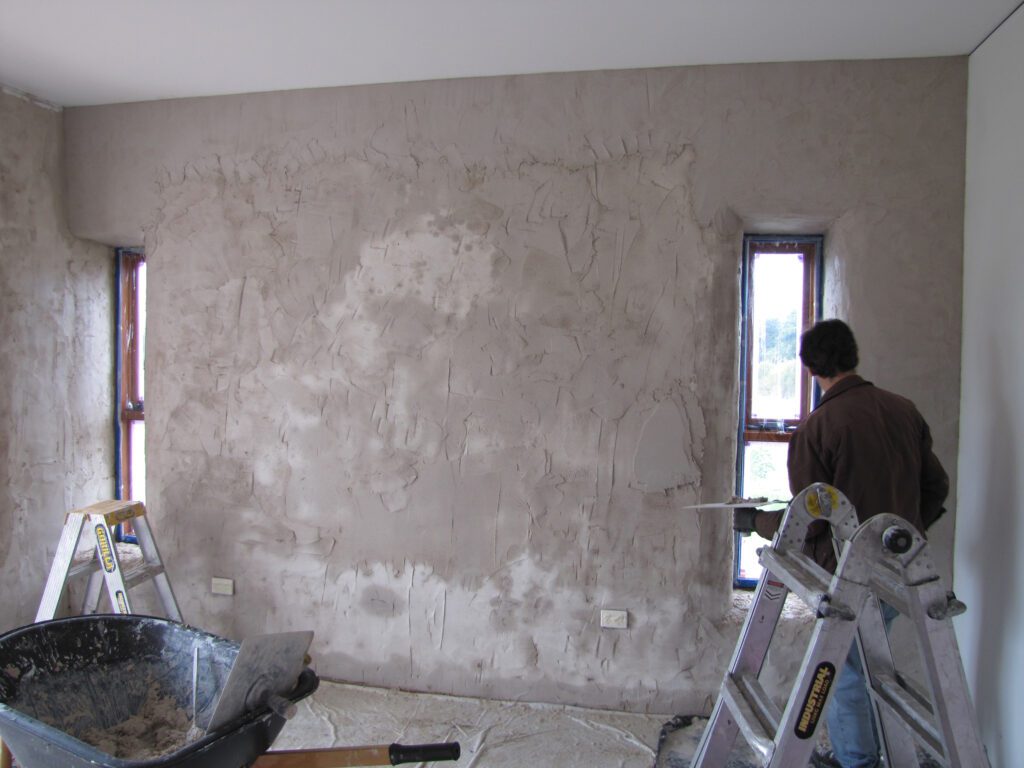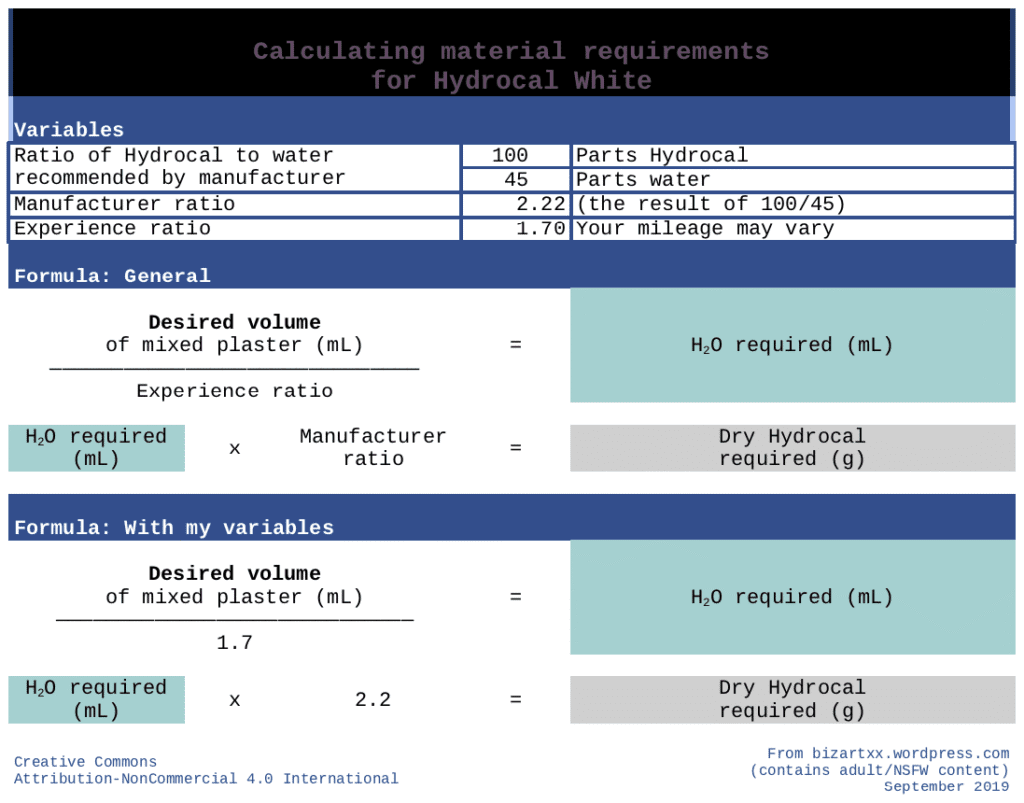The Ultimate Guide to Property Renovation and Restoration: Transform Your Kent Home
Looking to breathe new life into your Kent property? Discover how expert renovation and restoration techniques can transform dated spaces into stunning masterpieces while preserving their unique character and value. With property prices in Kent rising by 15% in 2023, investing in your home’s transformation has never been more rewarding. Understanding Renovation vs Restoration: Making the Right Choice When embarking on a property transformation journey, it’s crucial to understand the fundamental differences between renovation and restoration. Restoration focuses on preserving and returning a property to its original condition, maintaining historical integrity and architectural features. This approach is particularly relevant for period properties in Kent’s conservation areas. Renovation, conversely, involves modernising and upgrading spaces to meet contemporary standards and preferences. According to recent industry data, 75% of Kent homeowners opt for a blend of both approaches, creating spaces that honour historical character while incorporating modern amenities. Essential Property Assessment: Where to Begin Your Journey Conduct a thorough structural survey focusing on foundations, walls, and roof integrity Assess damp issues and existing plasterwork condition Evaluate electrical and plumbing systems Document original features worth preserving Create a detailed inventory of required repairs and improvements Set a realistic budget with a 20% contingency for unexpected issues Preserving Historical Character: The Art of Property Restoration Kent’s rich architectural heritage demands careful consideration when restoring period properties. Traditional lime plastering techniques remain essential for maintaining historical authenticity, with experts reporting a 40% increase in demand for these specialist services. When restoring original features, it’s crucial to use materials and methods appropriate to your property’s era. Victorian and Georgian properties, common in Kent, often require specific approaches to cornicing, ceiling roses, and decorative mouldings restoration. Modern Upgrades: Smart Renovation Strategies Install energy-efficient heating systems while preserving original fireplaces Upgrade insulation using conservation-friendly materials Incorporate smart home technology discreetly Modernise kitchens and bathrooms sympathetically Consider open-plan living spaces where structurally viable Navigating Planning and Regulations in Kent Understanding local regulations is crucial for successful property transformation. Kent’s planning authorities approved 85% of renovation projects in 2023, but requirements vary significantly between areas. Conservation areas and listed buildings require additional permissions and careful planning. Working with local experts who understand Kent’s specific requirements can streamline the approval process and ensure compliance. Choosing the Right Professionals Look for specialists with proven experience in Kent properties Check credentials and membership in relevant trade bodies Request detailed portfolios of similar projects Obtain multiple quotes and references Ensure contractors understand local building regulations Verify insurance and warranty coverage Managing Your Transformation Project Successful property transformation requires meticulous planning and coordination. Research shows that well-managed projects typically complete 30% faster than those without proper oversight. Create a detailed timeline, establish clear communication channels with contractors, and maintain regular site meetings. Consider appointing a project manager for larger transformations to ensure smooth execution and cost control. Investment Value: Making Informed Decisions Property transformation can significantly enhance your home’s value. Recent market analysis shows that sympathetic renovations can increase property values by up to 25% in Kent. Consider which improvements offer the best return on investment, balancing historical preservation with modern amenities. Energy efficiency improvements and quality plastering work consistently rank among the most valuable upgrades. Maintaining Your Transformed Property Schedule regular inspections of restored features Implement a maintenance calendar for different aspects of the property Use appropriate cleaning methods for historical materials Address issues promptly to prevent deterioration Keep detailed records of all maintenance work Transform Your Kent Property Today Your property transformation journey begins with the right expertise and planning. Whether you’re restoring a Victorian gem or renovating a modern home, Kent’s leading specialists can help realise your vision. Contact trusted local experts to discuss your project and take the first step towards creating your dream space while preserving its unique character for future generations. FAQ Does homeowners insurance cover restoration? In many cases, standard homeowner’s insurance policies cover the cost of cleaning and restoration, especially when the damage is caused by covered perils such as fire, water leaks, or storms. However, it’s important to note that insurance policies may have certain limitations or exclusions. What are the 4 steps of restoration? Four Steps of Restoration: Confession, Cleansing, Creating and Calling. Psalm 51 is for all of us because we all break the rules of relationship. Let’s own it like King David did (Psalm 51:3), confess, be cleansed, ask God to create something new in us and for His glory! What is included in restoration? Restoration refers to the holistic process of returning property to its pre-loss condition after damage has occurred. Whether the damage comes as a result of a sudden disaster or a long-standing issue, the task of restoration consists of two main steps: Mitigation and Reconstruction. Is it cheaper to renovate or rebuild a house? Renovations are typically less expensive than full rebuilds, making them a more viable option if your finances are constrained. Additionally, renovations often have shorter timelines, which can be a deciding factor if you need the project completed quickly. Sources [1] https://www.onerestore.com/blog/restoration-vs-renovation-whats-the-difference/ [2] https://advancedrestoration.org/key-differences-between-building-restoration-renovation/ [3] https://www.stovallconstructioninc.com/news/renovation-restoration-remodeling-refurbishment/
The Ultimate Guide to Property Renovation and Restoration: Transform Your Kent Home Read More »

